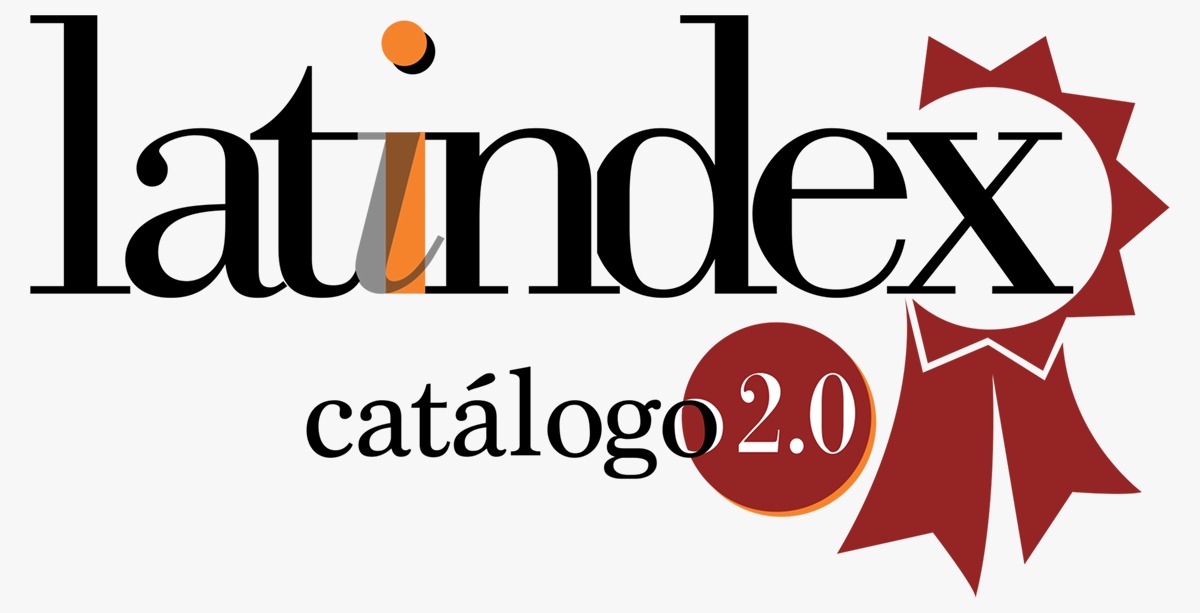plication of Differential Calculus Concepts to the Study of the Blood Pressure Curve. An Interdisciplinary Activity
DOI:
https://doi.org/10.29197/cpu.v17i34.400Keywords:
Interdisciplinary activities, mathematical modeling, teamworkAbstract
During the last years, new forms of pedagogy have been implemented in the engineering area, given that the real challenges that the future engineer will face must be addressed in an interdisciplinary way. For this reason, from the first years of his career and from the basic sciences, it is convenient for the student to deal with difficulties coming from other scenarios and thus be able to establish bridges between the different sciences and enhance the contributions of each one of them. The main objective of this work is to describe the result of an interdisciplinary experience in which the student was involved in applying mathematical concepts to a biological discipline. The experience was carried out with students of an Advanced Calculus course, corresponding to the first year of the different Engineering careers of the Buenos Aires Faculty at the Universidad Tecnológica Nacional, where an activity related to the concept of “engineering applied to the modeling of the cardiovascular system” was presented to them. To address it, 58 students had to apply concepts studied in the subject and incorporate those linked to human physiology. They also participated in both general data collection and assistance in data acquisition, which were later analyzed in group work. A descriptive methodology based on an individual questionnaire was considered, in order to complete the evaluation of the experience. The obtained results evidenced a high interest on the part of the students in dealing with problematic situations, with an 89% approval in relation to the importance to establish relationships between the different areas of knowledge. The activity was designed within the framework of the research and development project: "Use of interdisciplinary problems in mathematics subjects in engineering careers" together with the Group of Research and Development in Bioengineering, belonging to the same institution, and by virtue of the expertise of its members in topics related to cardiovascular health. Indeed, the obtained results demonstrate that the implementation of research-based teaching strategies, promotes an increase in student attention, a greater participation and provides a direct application of the studied mathematical tools.
Metrics
References
Armentano, R. L. (2012). Updating engineering education in the southern cone: Creativity and innovation. Creative Education, 3(06), 733.
Avolio, A. P., Butlin, M., y Walsh, A. (2010). Arterial blood pressure measurement and pulse wave analysis--their role in enhancing cardiovascular assessment. Physiological Measurement, 31(1), R1-47. https://doi.org/10.1088/0967-3334/31/1/R01
Culasso, M. G., y Saiz, M. D. C. F. (2014). Talleres Interdisciplinarios entre estudiantes de Arquitectura e Ingeniería ¿Una práctica posible? Revista de la Facultad de Ciencias Exactas, Físicas y Naturales, 1(2), 61-67.
Camilloni, A., Cappelletti, G., HoffMann, J., Katzkowicz, R., y López, L. (2010). La evaluación significativa. Paidós. Buenos Aires, pp. 152-153.
CONFEDI (2018). Libro Rojo, Aprobado por Asamblea de CONFEDI en Rosario el 1 de junio de 2018. Disponible en: https://confediorg.ar/librorojo.pp1
Corbacho, A. M. (2018). El aprendizaje interdisciplinario, intensivo e integrado como herramienta para el desarrollo de conocimientos, habilidades y aptitudes en estudiantes de grado. Interdisciplina, 5(13), 63-85.
De Luca, M. A., Cymberknop, L. J., Mayer, I., Percunte, M. D., Arbeitman, C. R., Chatterjee, P., y Armentano, R. L. (2020). Device for the Evaluation of Carotid Arterial Pressure Based on IoT and 3D-Printing: uFISIO. Rev. Arg. de Bioingeniería, 24(1)
Esper, S. A., y Pinsky, M. R. (2014). Arterial waveform analysis. Best Practice and Research Clinical Anaesthesiology, 28(4), 363-380.
Finelli, C. J., y Froyd, J. E. (2019). Improving Student Learning in Undergraduate Engineering Education by Improving Teaching and Assessment. Advances in Engineering Education.
Hall, J. E. (2011). Guyton and Hall textbook of medical physiology. Philadelphia, PA: Saunders Elsevier, 107.
Hernández?Encuentra, E., y Sánchez?Carbonell, J. (2005). The Bologna process and lifelong education: Problem?based learning. Higher Education in Europe, 30(1), 81-88.
Lenoir, Y. (2013). Interdisciplinariedad en educación: una síntesis de sus especificidades y actualización. Interdisciplina, 1(1).
Lyall, C., Meagher, L., Bandola, J., y Kettle, A. (2015). Interdisciplinary provision in higher education. University of Edinburgh.
Male, S. A. (2010). Generic engineering competencies: A review and modelling approach. Education research and perspectives, 37(1), 25.
Milnor, W. R. (1989). Hemodynamics (2.ª ed.). Williams and Wilkins, Baltimore.
O’Rourke, M. F., Pauca, A., y Jiang, X. J. (2001). Pulse wave analysis. British Journal of Clinical Pharmacology, 51(6), 507-522.
Osman, K., Hiong, L. C., y Vebrianto, R. (2013). 21st century biology: an interdisciplinary approach of biology, technology, engineering and mathematics education. Procedia-Social and Behavioral Sciences, 102, 188-194.
Pano, C., Fridman, C., Rodil Martínez, A., Torre, V., y Zion, V. (2011). Apuntes sobre innovación en educación universitaria. Buenos Aires: Ediciones Rosel. pp. 62,63
Peña, Y. R. (2015). La interdisciplinariedad y la formación profesional: una reflexión desde la disciplina de física. Góndola, enseñanza y aprendizaje de las ciencias, 10(1), 116-124.
Shuman, L. J., y Besterfield-Sacre, M. (2019). Innovation through Propagation: Future Directions for Engineering Education Research. Advances in Engineering Education. American Society for Engineering Education.
Skates, G. W. (2003). Interdisciplinary project working in engineering education. European Journal of Engineering Education, 28(2), 187-201.
Vlachopoulos, C., O'Rourke, M., y Nichols, W. W. (2011). McDonald's blood flow in arteries: theoretical, experimental and clinical principles. CRC press.
Yuan, L., y Powell S. J. (2013). MOOCs and open education: Implications for higher education. Bolton CETIS.
Published
How to Cite
Issue
Section
License
Unless otherwise indicated, all articles in this journal are published under a
Licencia Internacional Creative Commons 4.0 Atribución-NoComercial-CompartirIgual .
The authors retain the copyright and assign the right to the first publication to the magazine.









